Subscribe to the Newsletter
If you are interested in understanding how Traditional Chinese Medicine can improve your life sign up to my newsletter for the latest updates.
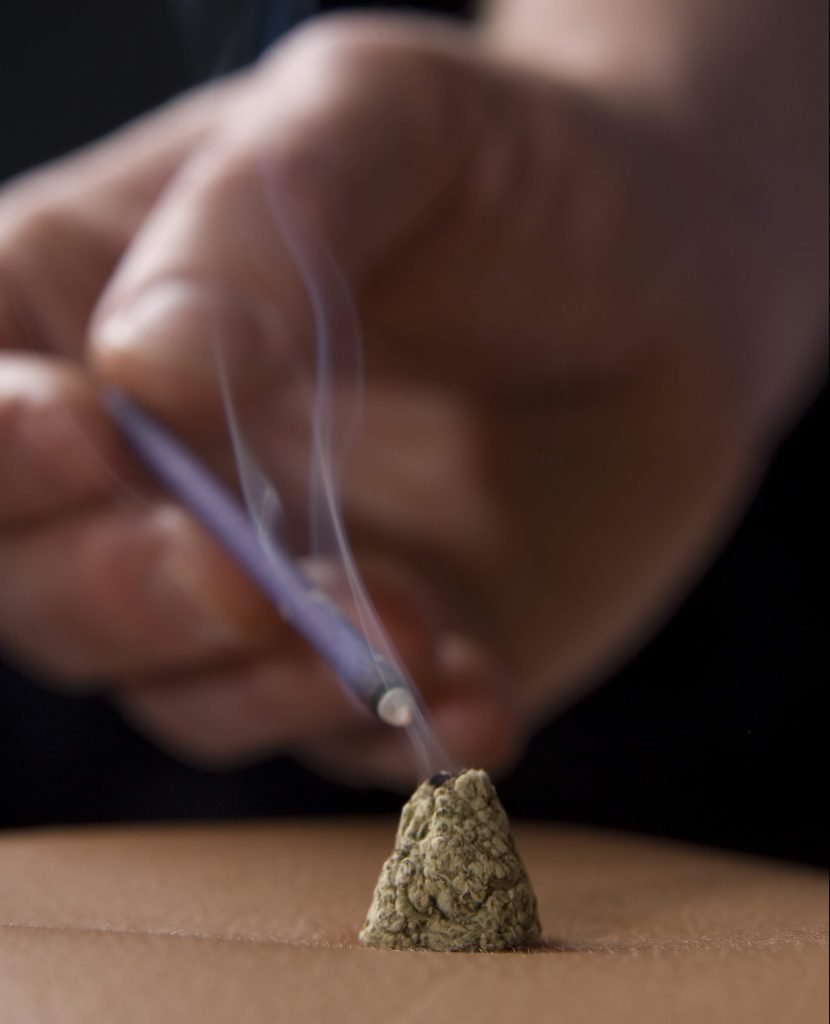
Key Learning Points
Moxibustion – moxa – uses a herb called Mugwort, Artemisia Chinensis (artemisia sinensis), the Chinese form of Artemisia Vulgaris, to warm and move qi and yang energy in the body. As a result, it helps to warm and move Blood.
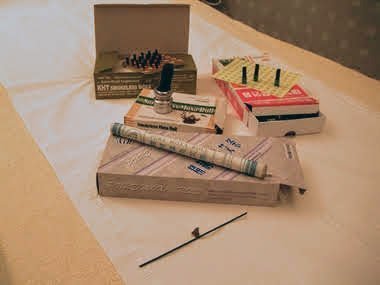
During manufacture, they grind the herb into something a bit like grey-green cotton wool. We call this soft and malleable stuff ‘moxa punk’, or ‘green moxa punk’. It burns slowly and steadily, from one end to the other, giving out a fairly constant heat and it does so without falling apart (if you set it up right).
This dependability is what makes it so valuable for warming the skin and for invigorating acupuncture points.
Recent research shows this moxa ‘punk’ produces a better deeper heat than ‘smokeless’ moxa.
No! it’s often yellow or yellow brown. The colour depends on the
Artemesia vulgaris, wormwood, grows in temperate climates in Europe, Asia and America, and also in Africa. For some, it’s a weed. Herbalists have used varieties of it for centuries: being very bitter it has a number of herbal qualities. In homoeopathy Artemesia Cina is taken to clear worms. In the variety artemesia absinthium it is used as an ingredient in the alcoholic spirit known as absinthe.
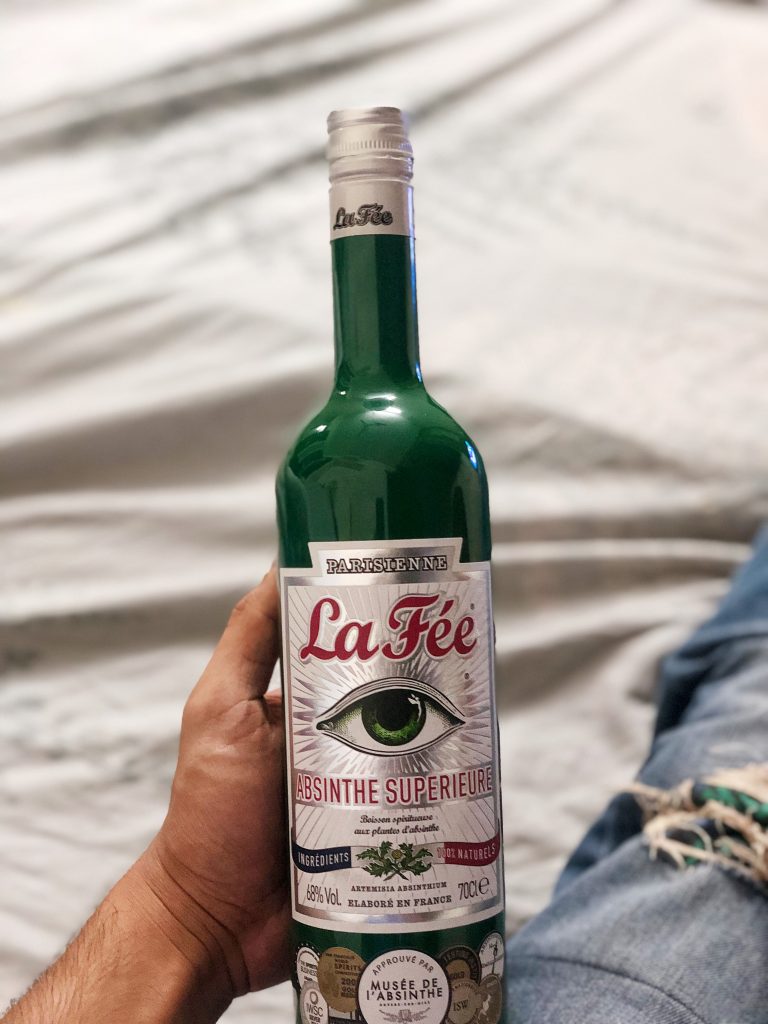
After harvesting it you have to dry it. Then you rub and grind the leaves into a soft dry-ish substance quite like cotton wool in texture – but greenish. Then you leave it to mature for quite a long time, often for years. Eventually, we acupuncturists buy it in packets. It needs to be kept dry or it can go mouldy.
There are different grades of moxa punk. The more expensive it is, the better.
Using it directly on the skin, we roll and squeeze it into small tripod or pyramid shapes, or into short strings or rice-grain shapes. We then place these on the skin. Alternatively it’s pressed round the head of a needle already inserted into the acupuncture point.
Then you light it. The warmth proceeds directly into the skin, or down the needle.
Another way of using it is when it is in the form of a cigar shape. You light one end of it and wave it over a moxibustion point or over an area of the body.
Why not just warm a whole area of the body? And if you’re going to warm a whole area of the body, why not just use a hot water bottle, or a warm bean-bag, or sit with your back to a fire?
Come to that, why not just have a warm bath?

If you’re cold, a warm bath may be an excellent idea. Read more about what happens when you get very cold here.
But if you’re always cold, there will be various reasons for it in Chinese medicine.
For example, your system may not be producing enough yang energy, so it produces very little heat. For more on this, click yang deficiency.
Or it may have enough yang energy but not enough Qi to move it around. Without Qi it cannot move your Blood.
Or you may not have enough Blood to reach your extremities … and so on.
(And … are you taking enough exercise to challenge your qi; eating enough food to produce good Blood; getting enough sleep to refresh both your qi and your Blood? In fact we have a whole bunch of questions to find out why your system isn’t working properly. Or perhaps you’re getting old and run down – if so read this!)
Also, if you are under great stress, you may have Qi Stagnation. That could definitely impair your circulation.
In Western terms your metabolism isn’t coping. In Chinese terms we might say that your system is out of balance, that your yang or qi or Blood is deficient. A proper consultation and diagnosis would identify exactly how this arose. Then we’d identify which syndrome in Chinese medicine was appropriate for treatment.
Your hot water bottle or a warm bath won’t be able to treat that. They may help you feel better temporarily but not for good.

Acupuncture, or moxibustion with acupuncture, is used on specific, carefully-chosen, acupuncture points that re-balance or ‘correct’ that syndrome. For short we call them ‘moxibustion points’, but in reality they are just normal acupuncture points on which we are using moxa. These points mostly lie on acupuncture channels that regulate your metabolism.
For general health maintenance and to boost immunity, moxibustion points include:
That’s because from knowledge of Chinese medicine theory and acupuncture channel theory, we know those points benefit the syndromes we’ve diagnosed as causing your problem. Using acupuncture on the points of course affects them, but acupuncture doesn’t put yang energy into the body. Moxa is burning and provides warmth: YANG!
Yang is the underlying description for things that warm and move.
So, briefly, what it does is this: moxa – on the right moxibustion points – stimulates your body’s flow of energy (qi) and strengthens your Blood. When these are said to be ‘in balance’, you remain in good health.

As balance returns to your system, your health should recover.
But, you ask: –
Suppose your car is losing power, using too much fuel, producing black smoke from the exhaust pipe. You could strap a Rolls-Royce Olympus turbo-jet to the rear bumper, fire it up and proceed tangentially down the road outside your house and off towards Mars.
That’s like heating everything up. It’s great, but it doesn’t last; with a normal car tankful of fuel your Olympus would burn out before you even hit your neighbour’s chief garden gnome.

You need to get your car to the repair man at the garage. What will he do? He’ll make his diagnosis then get at your car’s engine and tinker with it.
Perhaps he finds that fuel can’t move fast because your carburettor has iced up. Applying warmth to the iced part of your carburettor and tuning it up is all that is necessary. Do that and because everything else is OK, the car starts performing properly.
Whereas if you apply a blow-torch to everything under the bonnet it might be very entertaining.
Or you could dunk your car in boiling water. That might work – what do you think?
Or take an orchestra, in which all the players except one are on good form. That one individual is slowing everything down – his hands are cold – and the orchestra can’t play fast pieces. Warming up the whole orchestra just makes everyone too hot: they start sweating, get cross, and performance suffers.
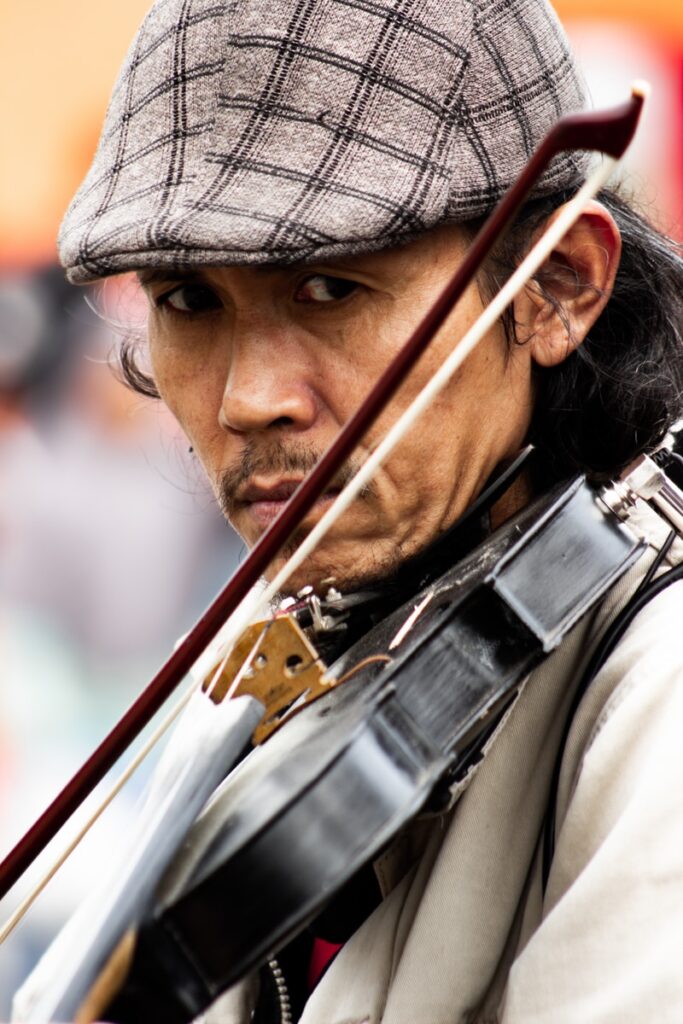
But warm that one individual up and you make real progress.
So, if you accept these analogies, you may understand why warming specific acupuncture ‘moxibustion points’ works. Experience over millennia knows how to alter the balance of the way your body works in terms of Chinese medicine. They can re-balance your system and, if everything else is working OK, get you functioning properly.
Lots of research going on! Click here for more on moxibustion research.
We think moxibustion arose in Northern China, where it is colder than the South. Herbal medicine, which probably started as kitchen medicine, the kind that housewives discovered and handed down to their daughters through the generations, was then in its early stages, and mugwort might have been among herbs used or experimented with medicinally.
To warm the body, probably they tried lots of different herbs.
Who knows how they chose artemesia chinensis for moxibustion?
Why not tobacco? Here are some suggestions:

Anyway, although we know that opium was used for both medicinal and narcotic purposes from the eleventh century AD we don’t think the Chinese took up smoking tobacco until the 17th century AD.
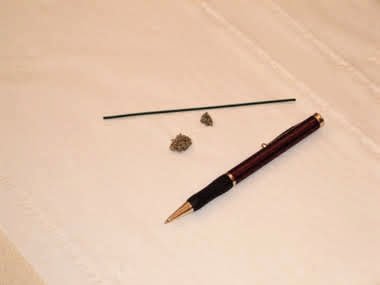
Moxa is done in many ways.
Always first, we explain how it works to the patient, answer any questions and instruct the patient to tell us if it gets too hot. Some older or very young patients don’t always understand so with these we take special care. (The problem for older people is that their nerve senses are less reliable so they may burn before it begins to feel hot.)
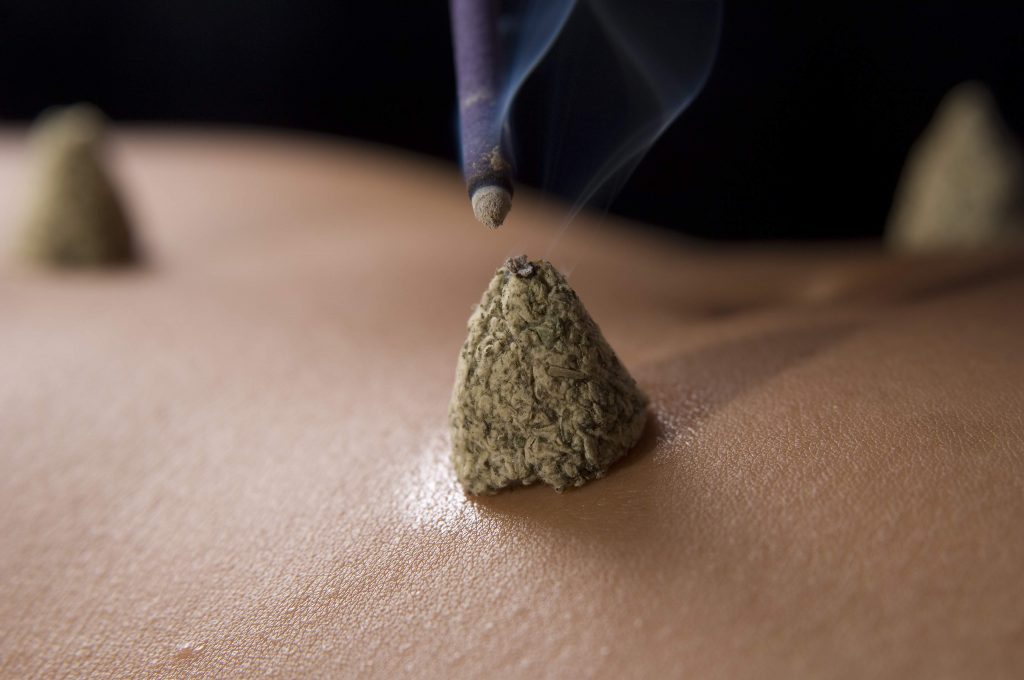
Once the point is chosen, the moxa punk can be shaped into a cone and placed directly on the skin over the acupuncture point.
The size of the cone can range from the size of a grain of rice up to the size of a small matchbox.

Stay in Touch!
No spam, only notifications about new articles and updates.

Book a Video consultation if you want to know more about your symptoms
Well, of course it hurts if you let it burn your skin!
But you don’t. That’s why you go to an expert, your acupuncturist. The intention is to let it burn down until the hot gases warm the herb’s oils which waft towards the skin making it heat up AT THAT ACUPUNCTURE POINT. Your acupuncturist will have told you what to expect and what to say so that he can remove it quickly.
He may then repeat it. With small cones of moxa he might repeat it 5, 10, 50 or more times. (With practice he gets quite good at it!) This produces a gradual and consistent glow at that one point, which can make for a powerful treatment.
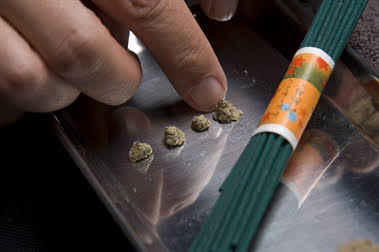
Fiddling about with thousands of tiny rice cone-sized moxa punks is time consuming – and actually quite hard to do. Also, because moxa smoke smells, it’s not always popular with the neighbours. So many acupuncturists don’t do it. That’s a pity, because it’s so effective, often transforming a treatment.
Larger cones obviously produce a stronger heat over a larger area. So they are not quite so specific. They are also used in some countries to produce a welt leading to a scar. For example, there are points on the back that the Chinese claim can cure asthma when scarred by moxibustion.
In the West, any kind of scar from moxa is unpopular. In China, in the past, patients were more forbearing: indeed, for some treatments – eg asthma – they found that it worked best only if it did leave a small scar.
Nowadays, any residual mark usually clears within a day or two. Often a special paste is first put on the acupuncture point being moxa-ed. This protects the skin from scarring yet still transmits the heat.
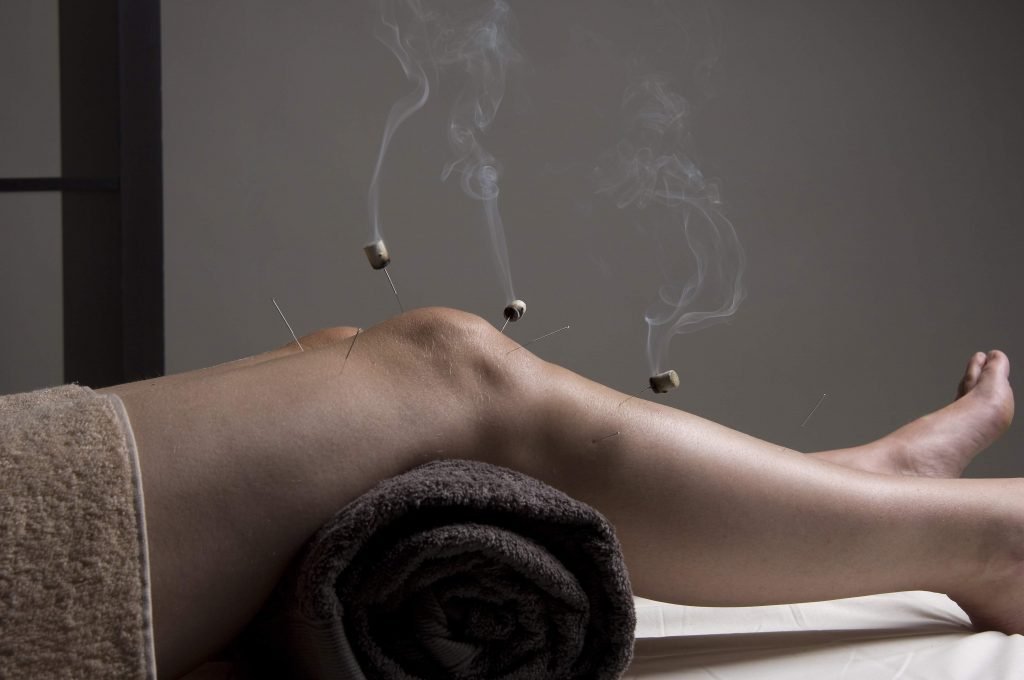
Since most acupuncture points are beneath the surface of the skin, and since manipulating a needle can attract the ‘qi’ to the point before warming it, many acupuncturists insert and manipulate the needle first, then place moxa punk around the head of the needle before setting it alight.
As the punk burns, its heat is transferred down the shaft of the needle and directly through the skin to the ‘qi’.
This can make their moxibustion very effective. It is also cleaner than moxa punk directly on the skin.
Dangers? That the moxa punk or its ash falls and burns the skin. Acupuncturists guard against this by placing card round the base of the needles so that if ash does fall, it falls onto the card not the skin.
Specially shaped spoons are often used to remove the ash.
Moxa on needles can be repeated many times, in different needles in different places on the body. For the acupuncture student this can seem like the circus act where many plates are kept revolving on long poles on stage, but with experience it’s not difficult.
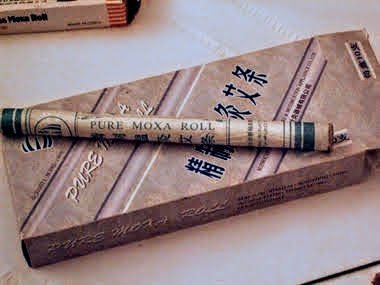
Resembling cigars, moxa rolls (also called moxa sticks) use mugwort tightly wrapped into special paper rolls. You light one end and wave it over the acupuncture point at a distance of a centimetre or so.
It is important to keep the burning tip of the roll moving around, or over a number of adjacent points, so that it doesn’t burn. Patients are usually perfectly able to report when it gets too hot.
Done correctly this is also highly beneficial and much faster than the other ways mentioned above.
Various herbs in the past were blended with the moxa punk for moxibustion in rolls, supposedly to provide other benefits. This is now increasingly frowned upon (at least in the UK) because of suspected carcinogens in the smoke.
Moxa punk is also used in enclosed boxes in which the punk is placed on a wire mesh a short distance above the skin of, say, the abdomen. When lit, the inside of the box heats up and the heat is conveyed through the hot gases to the skin.
These boxes can get very hot, burn for ten to twenty minutes and produce strong odours and plenty of smoke. Good ventilation and forgiving neighbours are important.
With these boxes, obviously the aim is to warm a number of acupuncture points at the same time, not just one alone.

One clinic I ran was in the middle of a busy office centre.
After using moxibustion I often noticed girls from the adjoining offices hanging around outside my room.
Taking deep breaths they were smiling happily. They thought I was burning a herb with special properties, well-known among drug-takers: moxa can smell a bit like that. (I enjoyed their appreciative and conspiratorial looks for a while but eventually I had to disabuse them.)
And some moxa rolls do or did contain other herbs, (although not that one).
But the odour and smoke can be a problem. For the acupuncturist who uses it daily, there also is a small risk of lung damage; small but not negligible.
The odour and smoke can disturb others.

So ingenious acupuncturists have produced punk made basically of carbon powder crushed into the shapes of cones and rolls. This produces no smell and not much smoke.
However, they are harder to light and they still produce ash so nothing is perfect. The carbon also comes off onto your fingers and clothes too.
But ingenious shapes and methods of using this are on the market, some of them from Japan and Korea: the Chinese have been slower to adapt to this method.
Research (mentioned earlier) now seems to confirm my experience that carbon powder smokeless moxa is less effective than moxa punk.
If your baby is in the breech position pre-birth, one way that many claim helps to ‘turn’ the baby is by using moxibustion on certain acupuncture points.
For more on this see Bladder 67.
Does it work?
It seems to! Not every time, but quite often.
But once the baby has turned to the correct position, stop! Otherwise it may continue spinning round back to where it started!

Click here to read about research on moxibustion.
You can grow artemesia vulgaris or gather it from the wayside then make it yourself.
In fact, Royston Lowe, now sadly deceased but one of the people who put acupuncture on the map in the UK and was Principal of the British Acupuncture College for many years, tried making it himself. (The British Acupuncture College was a forerunner of several UK-based acupuncture colleges that produced practitioners for what is now the British Acupuncture Council.)
He collected and dried British mugwort – artemesia vulgaris.
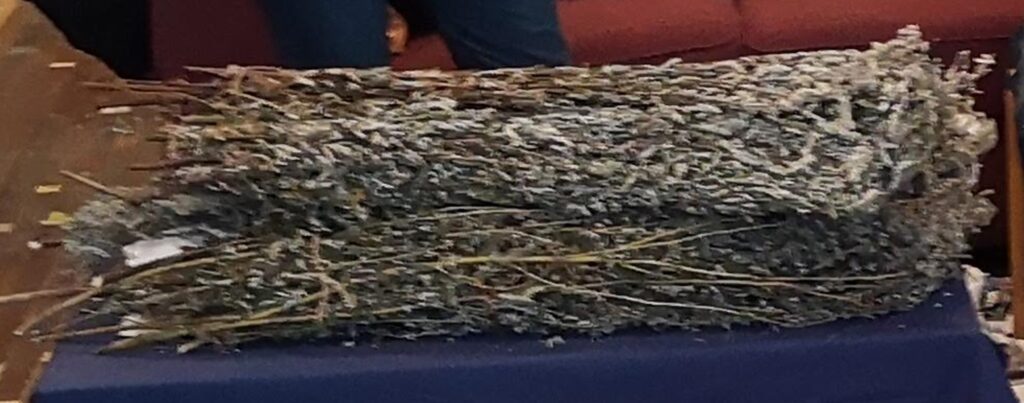
He then removed the stalks and crushed and powdered the leaves.
Then he tried to grind and blend it into what we know of as moxa punk.

It never quite worked as well as he had hoped. Getting the right consistency was difficult and it didn’t burn steadily. It also seemed to go mouldy easily.
A few acupuncturists round Edinburgh recently tried this in 2019, inspired by Japanese moxibustion practices. I joined them and can report that it’s hard work and time-consuming.
So don’t bother to make it yourself. Buy it instead, from importers from China or Japan where they certainly do manufacture it on an industrial scale, having long since sorted out moxibustion-manufacture problems.
They grow different kinds of moxa. It is cultivated, not gathered from the wild, so probably isn’t organic, in the sense that fertilizers will have been used. But it is relatively cheap.
Keep it dry and it will last for ages – for years.

This Introductory Chinese medicine course introduces you to the amazing thinking behind this ancient medicine, now increasingly in demand.
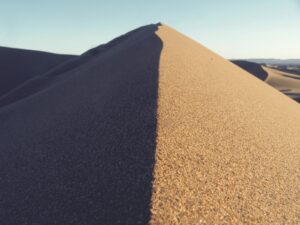
The Scottish College for Chinese medicine provides introductory courses for all, explaining Chinese medicine and its cultural background.
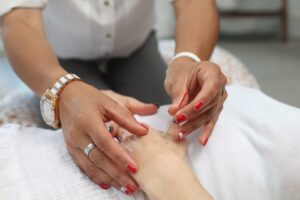
Master Tung’s acupuncture is a hidden treasure, lost to China but recovered in Taiwan from where it spread round the world.

Knee pain has five main causes. It’s certainly worth trying acupuncture before you resort to surgery!
Subscribe to the Newsletter
If you are interested in understanding how Traditional Chinese Medicine can improve your life sign up to my newsletter for the latest updates.
Subscribe to the Newsletter
If you are interested in understanding how Traditional Chinese Medicine can improve your life sign up to my newsletter for the latest updates.
2 Responses
Hi,
I used to use smokeless moxa sticks but a few years ago I switched to electrical moxa (electrical Onkyu moxa from Japan). I find it quite practical: no burns, no odours and no smoke. It doesn’t heat as much as the moxa stick though. I’d like to know your opinion about electrical moxa. Is it as good as moxa sticks?
Thanks for your website, it’s amazing.
Hi Dong
I haven’t tried the system you mention so can’t comment on how good it is. I have tried another electrical moxa device but found it very slow to heat up and fiddly to use and results were not so good so I abandoned it. It’s in a cupboard with lots of other equipment I found wanting.
Somewhere I read that moxa punk provides a deeper heat than other substances – ie its warmth penetrates better. This makes little sense until you realise that some wavelengths of infra-red – ie heat – light may penetrate better depending on the strength of the wave generated. If your electrical moxa kit can reproduce this, it may be just as good.
Thanks for the question! – Jonathan